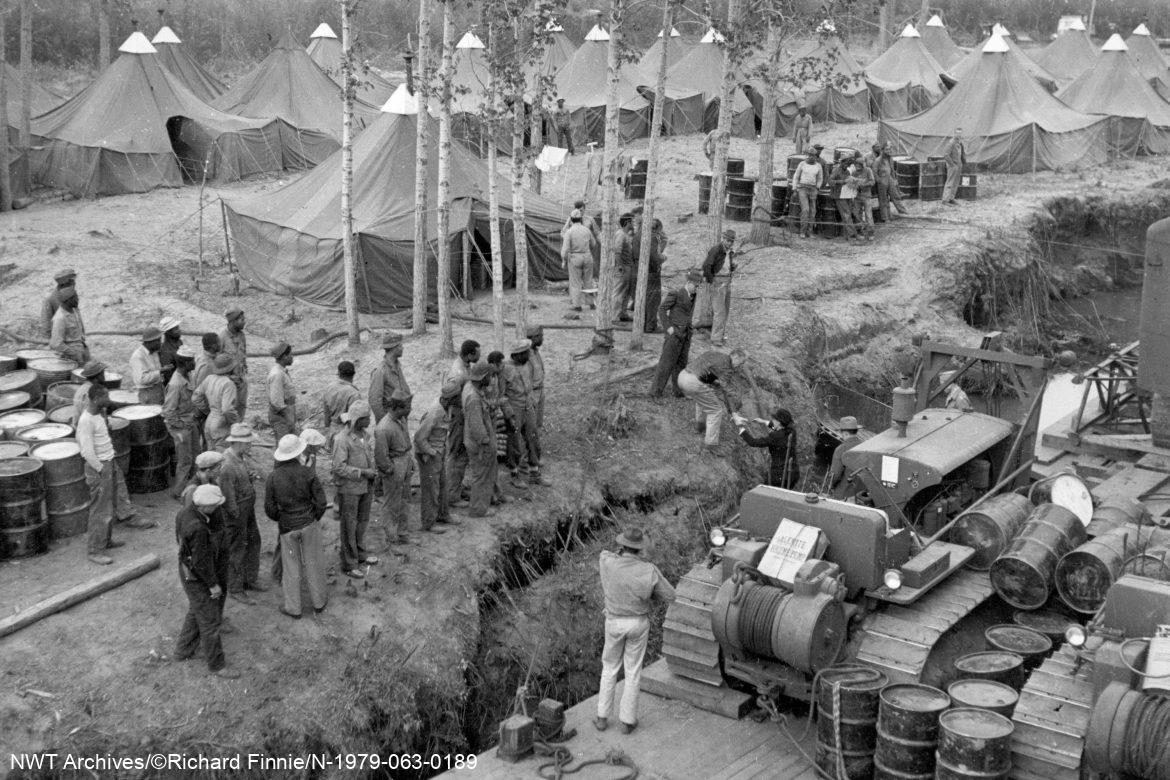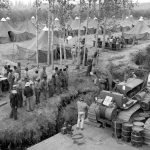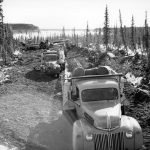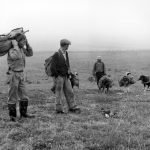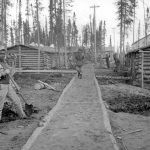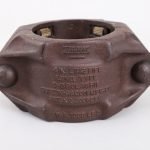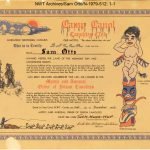1942
CANOL Project, World War II
In 1939, Canada entered a global conflict that would have lasting impacts on the Northwest Territories (NWT). World War II depressed gold activity around Yellowknife when men left to fight in Europe and impacted the availability of essential supplies to many communities. The war initially quieted the bustle of mineral resource activity, but the NWT’s strategic military importance was soon realized.
During the weeks following the bombing of Pearl Harbor in Hawaii on Dec 7, 1941, the United States military anticipated difficulties transporting fuel and supplies to their bases in Alaska along the exposed west coast of North America. They undertook two massive inland projects to alleviate this problem: the construction of the Alaska Highway and the CANOL Project.
The CANOL (‘Canadian Oil’) Project had a considerable wartime impact on the NWT, Yukon, Alaska, northern Alberta and northern British Columbia. The project was to send crude oil through a pipeline from Norman Wells – the most northerly producing oil field in North America – to a refinery at Whitehorse, Yukon. Petroleum products would flow from Whitehorse through pipelines to the Alaskan communities of Skagway and Fairbanks, as well as Watson Lake, Yukon.
The project involved the construction of 3985 kilometres of winter and summer roads, 2512 kilometres of pipeline, tank farms, airfields, and an oil refinery. It was June of 1942 when this massive project got underway, and 20 months later, the “Golden Weld” was made in Macmillan Pass, on the Northwest Territories-Yukon border, to complete the pipeline.
The CANOL construction was an extraordinary effort costing hundreds of millions of dollars, making it “one of the largest projects of its kind and was certainly unrivalled in the North.” It employed, in total, 30,000 men, primarily American civilians working for the California-based construction company Bechtel-Price-Callahan (B-P-C).
The pipeline traversed mountain valleys and high passes that, before 1942, had been the sole domain of the Mountain Dene. The Dene acted as guides and assisted the American military in laying out the route for the pipeline and road along one of their traditional trails connecting the Mackenzie valley with the Yukon. Still, few were hired for the construction or benefited from the massive influx of workers and supplies.
On Mar 8, 1945, the U.S. Army issued an order terminating the project. The pipeline had only been in operation for fewer than 11 months. Much of the pipe and some of the associated buildings and equipment were salvaged, but what remained – an overgrown road and scattered evidence of what was considered the largest construction project since the establishment of the Panama Canal – was designated a Heritage Trail in 1996.
